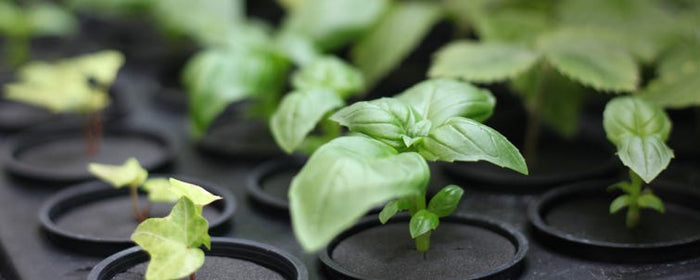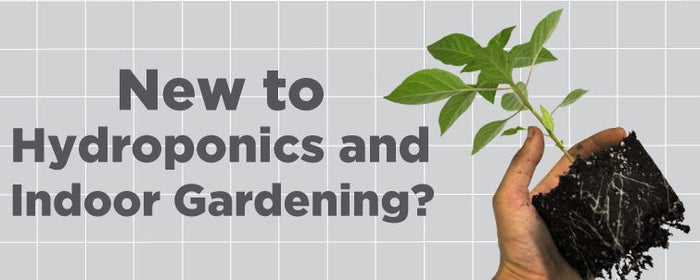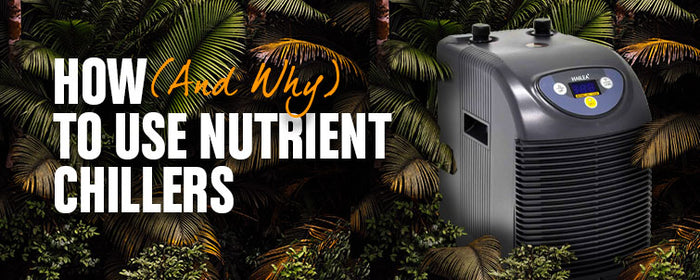
How to Transplant In Soil
Get it right, and transplanting doesn't have to be hard. Here's how you do it in soil.
Transplanting
You know you're ready to transplant when roots start emerging from the bottom of your jiffy plugs or cubes.
Don't leave it too late - if too much root mass is showing, the lights and conditions in your propagator can cause root problems (like rot).
If in doubt, it's better to transplant too soon than too late.
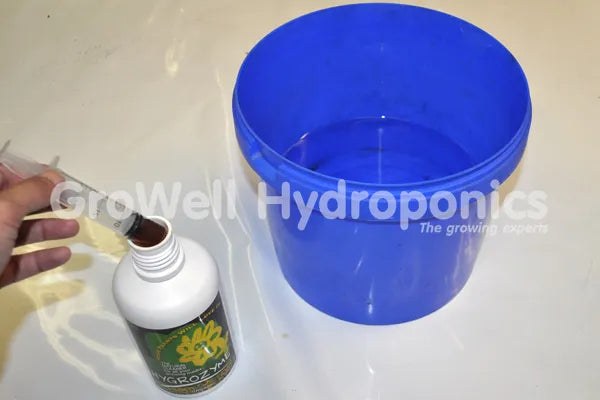
1. Prepare Your Nutrient
Leave 4 litres of water to dechlorinate for 24 hours.
Add 5ml of Hygrozyme and a couple of drops of Superthrive.
Hygrozyme is an enzyme that'll help plants absorb the nutrients in their soil.
Superthrive helps relieve transplanting stress.
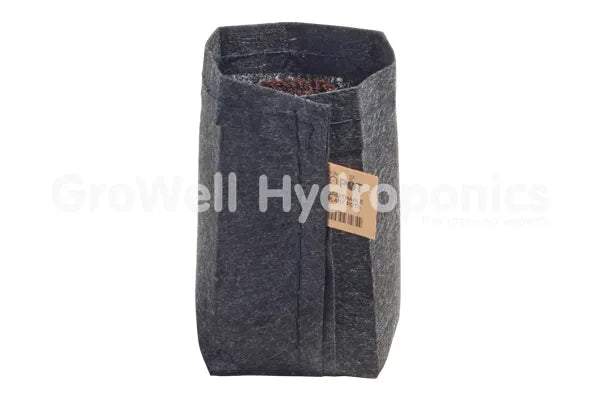
2. Pick Your Pots
We recommend using a Propagation RhizoPot - they're fabric pots that naturally air prune roots.
Better yet, they're so thin that roots grow straight through the fabric so it's easier to repot.
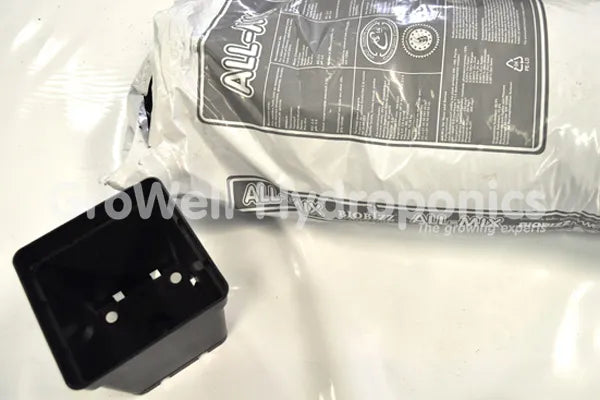
3. Fill Pots
Fill pots a little over half full with a prefertilised soil, like BioBizz All-Mix.
You can add a layer of clay pebbles to improve drainage. If your chosen soil or soil mix already contains clay or Perlite, you don't need to do this.
Add some nutrient solution (prepared in step 1) to it.

4. Create A Hole
Create a hole in your media that's big enough for your plug or pellet, with extra room for roots.
Slightly disturb the soil around the hole so it's easier for roots to spread out.
Doing this also reduces the risk of damaging roots when positioning your plug cube.
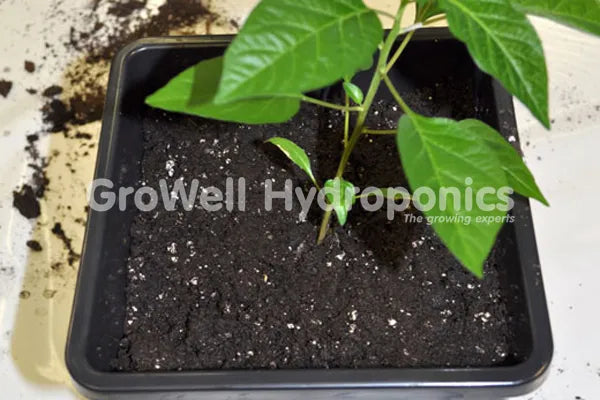
5. Transplant
Carefully place your pelllet or cube into the hole
DO NOT TOUCH ROOTS - they're delicate and easily damaged.
Gently fill the hole with a layer of soil (don't compact).

6. Water In (Optional)
Some people choose to water in at this point, but your media's already moist, so there's really no need.
In fact, you really don't want your media to be too wet - it's better to let roots grow and seek out water.
So if you do water in, do it until run off appears, and don't overwater.
Potting On
Once plants have established themselves in small pots, you need to pot on.
Some plants, like chillies, can be potted on several times. But a lot of growers transplanting straight from a small pot (e.g. a 1 L RhizoPot) to a bigger pot (e.g. an 8, 12 or 16L RhizoPot) .
Knowing when to pot on is tough.
In propagation RhizoPots, roots will start poking through the sides. In plastic pots, roots will start emerging through the holes at the bottom of pots.
Check pots regularly - if you transplant too late in a plastic or ceramic pot, plants can become root bound.
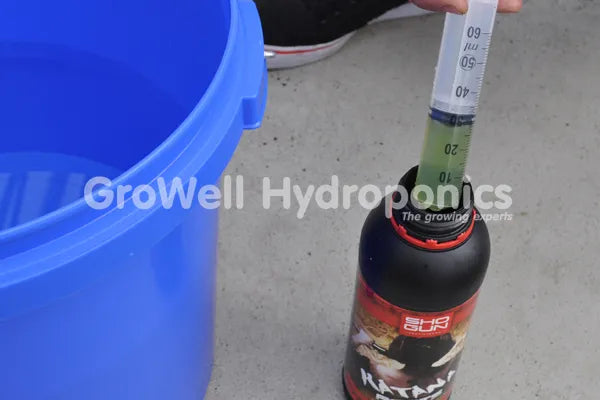
1. Prepare Nutrients
Leave your water to dechloriante for 24 hours, then add any nutrients and boosters to it.
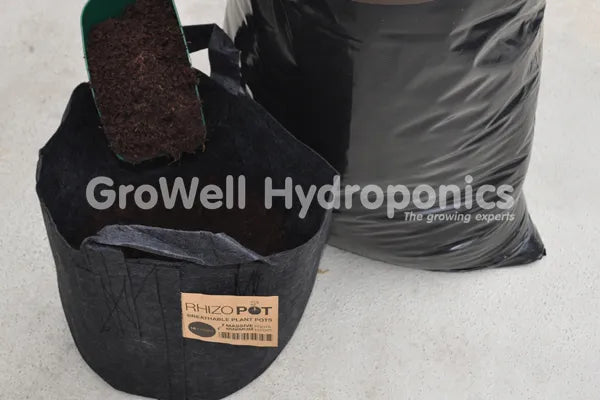
2. Fill Pots
Fill pots with media, stopping just short of the top.
Add some nutrient solution to it.
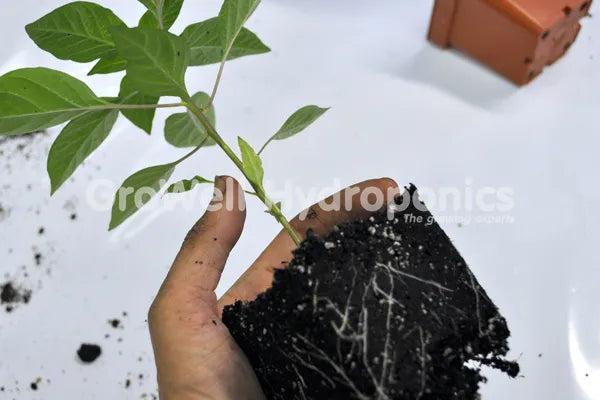
3. Create A Hole
Create a hole that's big enough for your plant and roots. Don't forget to gently disturb the media around the hole.
If your plant has become rootbound, you can manipulate the rootzone before potting in. If roots are strong, healthy and well dispersed, leave them alone.

4. Pot On
If using RhizoPots, you can place your plant straight into the hole, pot and all.
If using a plastic or ceramic plant, remove plants from your pot and place in the hole.
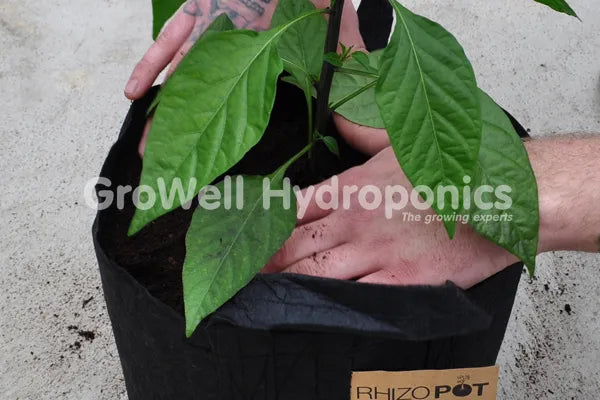
5. Fill In
Fill over the top and arond the sides of your plant with media to secure your plant in place.
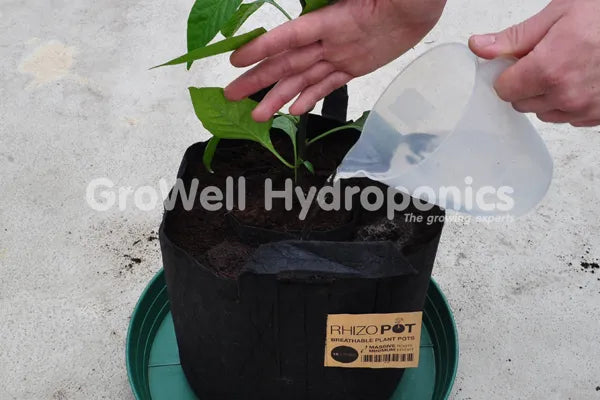
6. Water In (Optional)
Some people choose to water in, but again, since your media is already moist, it's better to skip this step.

